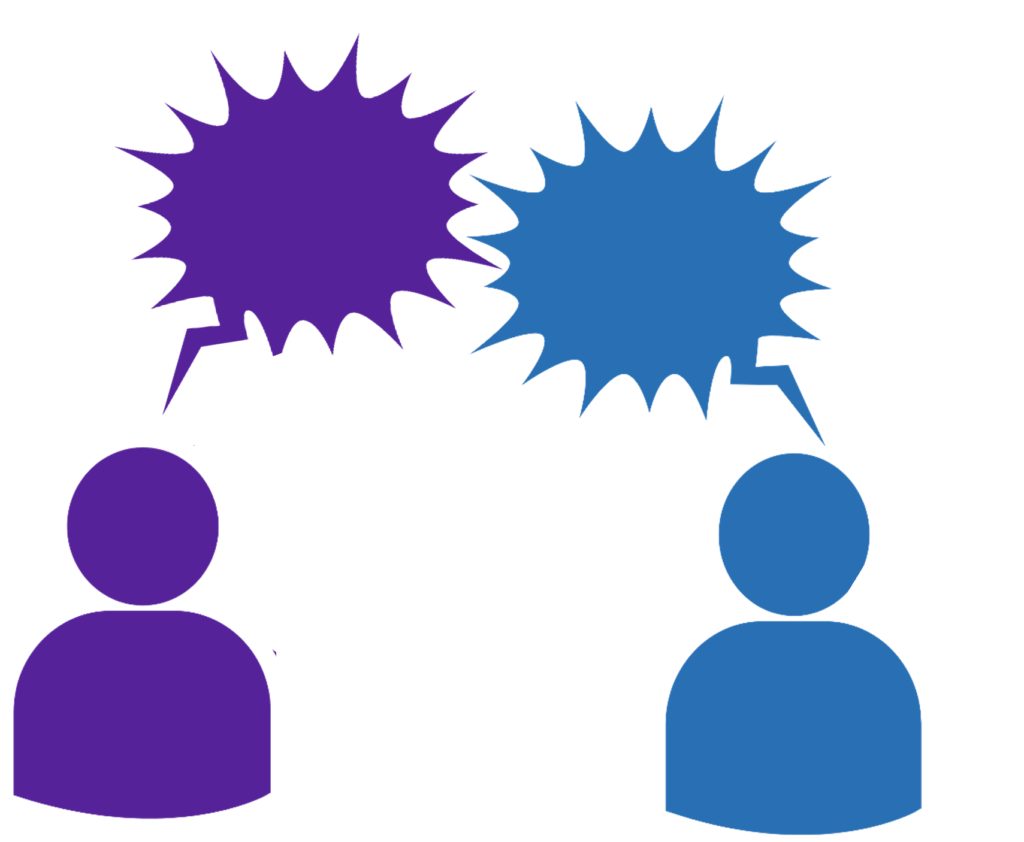
Do you remember childhood arguments? “Yes, I did.” “No, you didn’t.” “Yes, I did.” “No, you didn’t.” As the conversation continues, the words stay the same, emotions and voices likely escalate, and resolution remains distant.
As adults, some of our conversations may feel like that. “I think…” “That’s wrong.” “But I think…” “We can’t do that.” “But…”
In these discussions, each person may simply be trying to share their insights and perspective. We can easily reach an impasse when both participants want to be heard and understood—without leaving space to fully hear and understand the other person. While a resolution is possible, perhaps based on hierarchy or on who gets tired of the exchange, the ensuing decision may not be the most effective one, and the conversation may erode the relationship or the desire to engage in the future.
Instead of focusing on our response, what if we concentrated on truly understanding the other person’s point of view? Imagine having a strong opinion (this part of the exercise may come easily to many of us!). Before sharing your opinion:
- Listen to understand. Ask the other person for their thoughts, and listen deeply to truly understand—without talking while they share.
- Ask open ended questions to better comprehend their perspective.
- Reflect back their points. This activity includes summarizing what you heard and ensuring full comprehension.
- Validate their perspective. You don’t have to agree; you simply verbalize and respect that they feel the way they do.
Then, after listening, asking, reflecting, and validating the other person, share your thoughts.
When you seek to truly understand someone’s perspective, you may discover that you are more aligned than previously thought. Even if you aren’t exactly aligned, you may be able to incorporate a mix of ideas. And regardless, and perhaps most importantly, your co-conversationalist will likely feel heard and validated—and will be open to future discussions!

